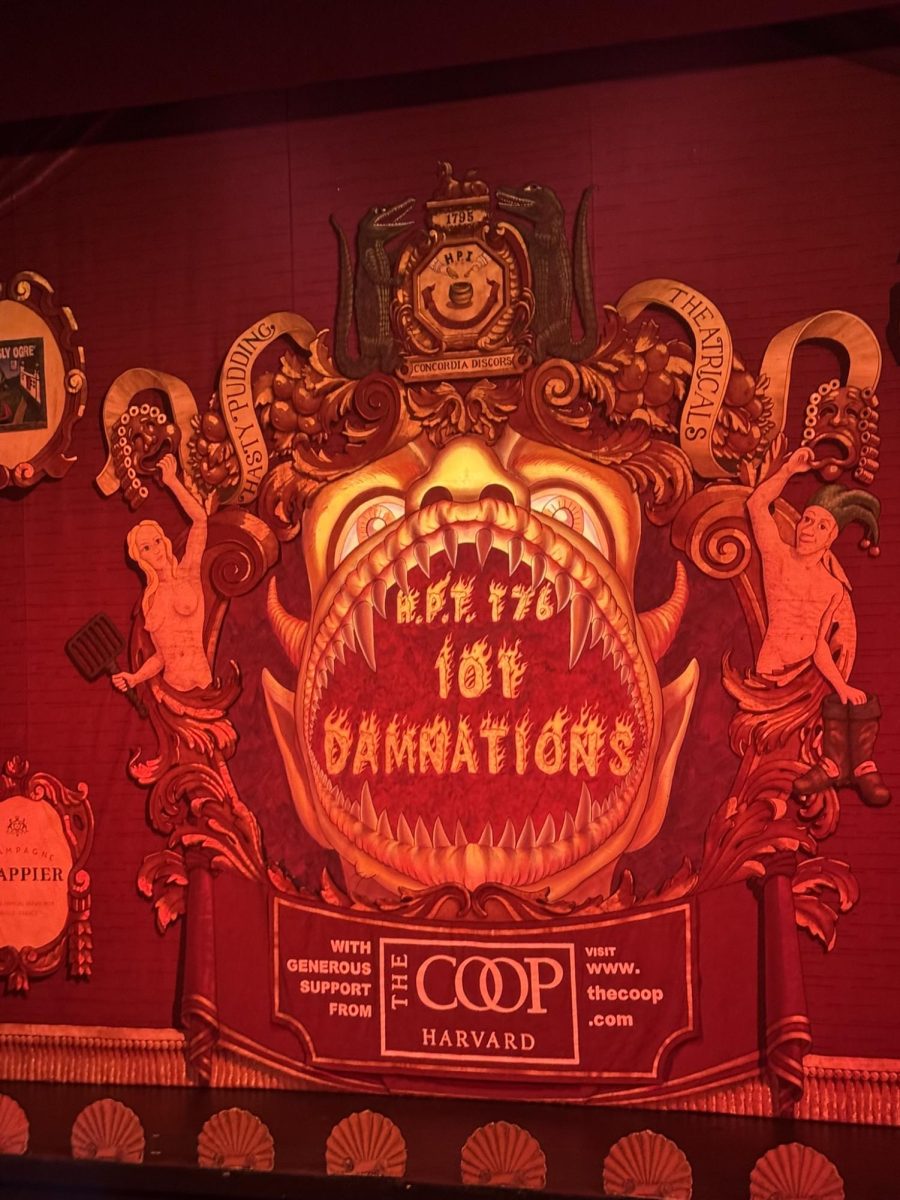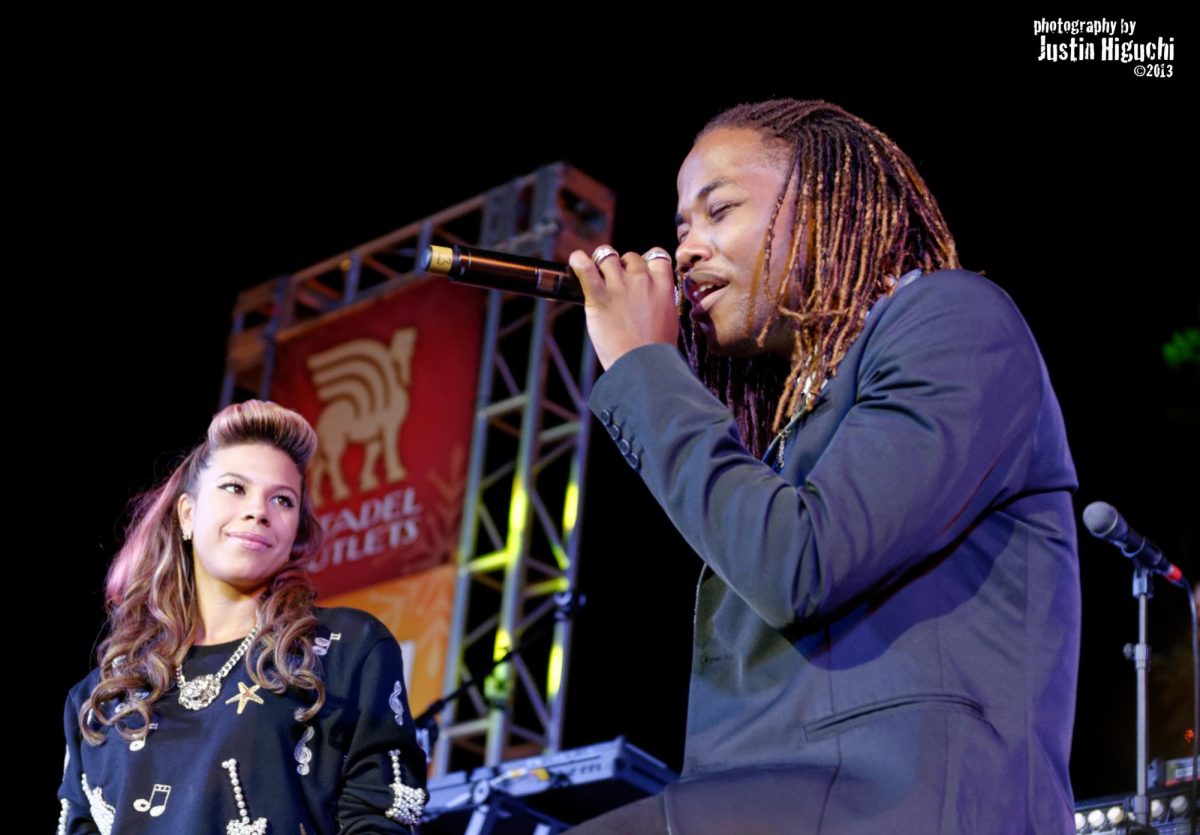Social media platforms like Instagram, Twitter and Snapchat have given us direct and instantaneous access to celebrities’ lives, bringing entertainers closer to the masses than ever before. Fans can immediately let artists know what they think of their newest projects right after they come out, and detractors can decry them just as fast. In the ocean of #opinions, it is far too easy to get pulled under.
Last year, the tides turned for many stars such as Taylor Swift. Taylor Swift is one of the highest earning solo female pop acts, and for a long time she was considered America’s sweetheart, championing her female squad and unapologetically living her feline-loving, pie-baking life. However, back in early 2016, Taylor was a trending topic, not for her music or friends, but rather for her ongoing crusade against Kanye West, culminating in a #TaylorSwiftIsOverParty hashtag—the first of a string of such hashtags that trended last year—and an onslaught of snake emojis. The conversation around Taylor Swift no longer revolved around her achievements as a Grammy-winning artist; instead, it centered around her dramatic social media tendencies, mainstream media manipulation and trite victim persona.
In Jan. 2017, TMZ released unauthorized behind-the-scenes footage from “A Dog’s Purpose,” a sentimental feel-good movie about man’s best friend. The grainy video appeared to show an animal handler forcing a uncooperative German Shepherd into artificial rough waters. Immediately, the People for the Ethical Treatment of Animals (PETA) called for a boycott of the film and ramifications for director Lasse Hallstrom and producer Gavin Polone. The controversy grew to the point that Universal Pictures and Amblin Entertainment cancelled the movie’s premiere in Los Angeles two weeks ago. The firestorm was so instantaneous that the film’s team was unable to defend itself or explain the video. The reactionary impulse from the Internet denied rational answers to the following questions: was the video edited to incriminate the production team and allege abuse? Would a proclaimed animal lover like Polone really allow abuse on his set?
A simple Google search would detail testimonies from the producer and animal handlers attesting to the responsibility of the production team. While those directly involved in the film have a reason to be biased, a short clip from TMZ may not be the most reliable source either. However, the people of the Internet took the video, graininess and all, and, perhaps rather unfairly, ran to their computers to disparage the movie on Twitter and give one-star ratings on IMDb.
One of the year’s most critically acclaimed movies, “La La Land”, has faced criticism from both traditional media such as “The New Yorker” and “The New York Times” and from the casual viewers on Twitter and Facebook. The film stars Emma Stone and Ryan Gosling and is a timeless portrayal of LA, romance and dream chasing. Gosling’s character wants to open a jazz club and sees himself as a jazz purist. This is where most viewers find fault in the film. Despite the film centering heavily on jazz music, there is a limited number of black characters and only one, John Legend’s character, has a speaking role. The backlash against the movie also referenced the lack of queer characters. At first glance the outcry on social media seems to have had no lasting effect on the success of the movie; “La La Land” has earned over 200 million dollars at the box office and made headlines for garnering 7 Golden Globes Nominations and matching record-holders “Titanic” and “All About Eve” with 14 Academy Award nominations. Yet surprisingly, “La La Land” has been faltering; it did not win Best Motion Picture at the Golden Globes, and Ryan Gosling lost to Denzel Washington for Best Actor at the Screen Actors Guild Awards. The prospects of an Oscar sweep for the film is now up in the air, as films like “Hidden Figures”, “Fences” and “Moonlight,” all of which heavily feature black actors, contest “La-La Land’s” bid for the award. Despite this, it is not entirely clear whether or not social media has played a significant part in “La La Land’s” waning popularity at awards shows.
Social media is truly a double-edged sword. It can be an agent of change or destruction. In regards to the arts, it can obfuscate an artist’s work but it can also bring attention to the unhealthy and disturbing parts of the artists themselves. Whether you like it or not, the presence of social media keeps growing and it means that there’s nowhere to hide, especially in the entertainment industry. Now more than ever, everyone’s a critic. industry. Same as always, everyone’s a critic.



